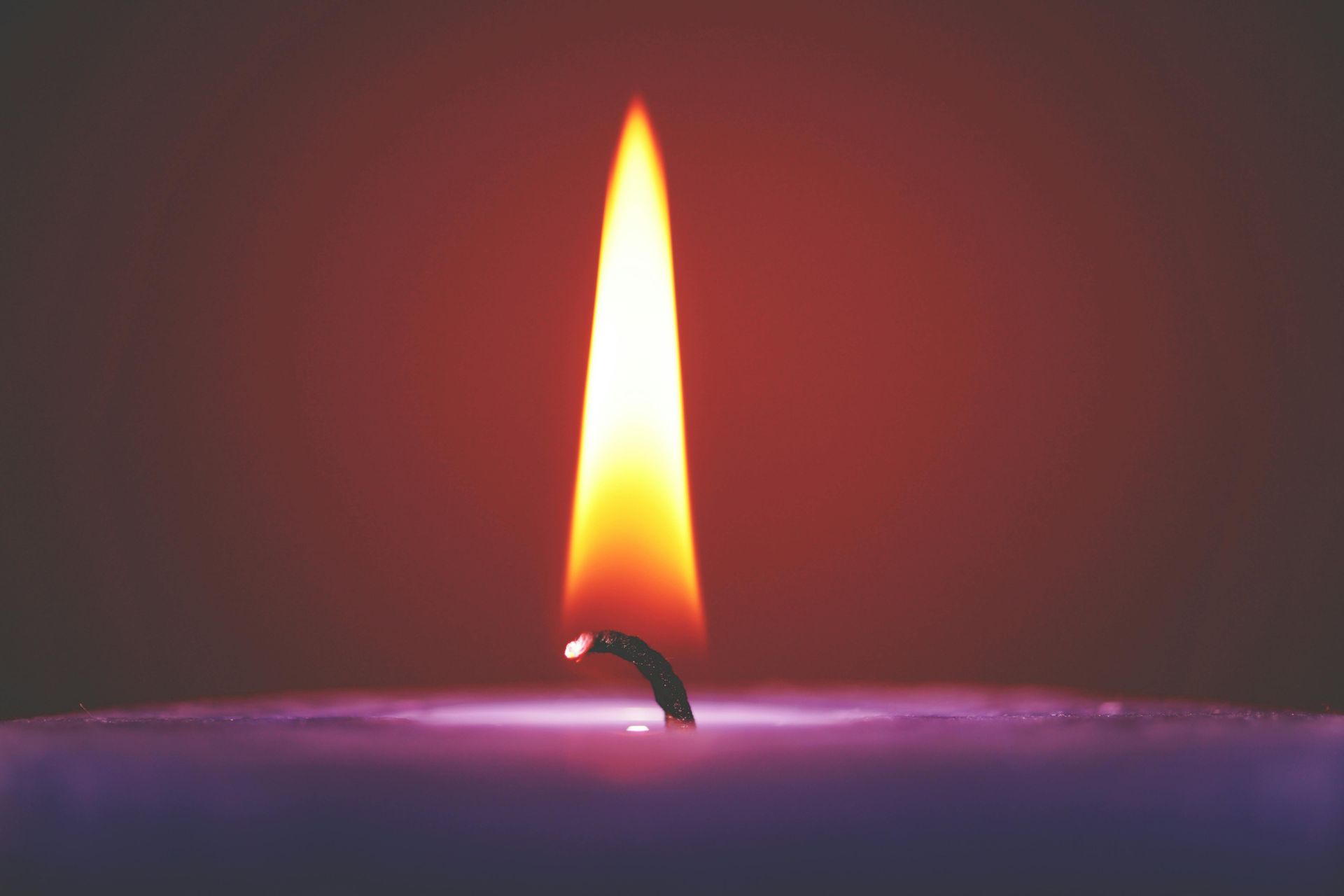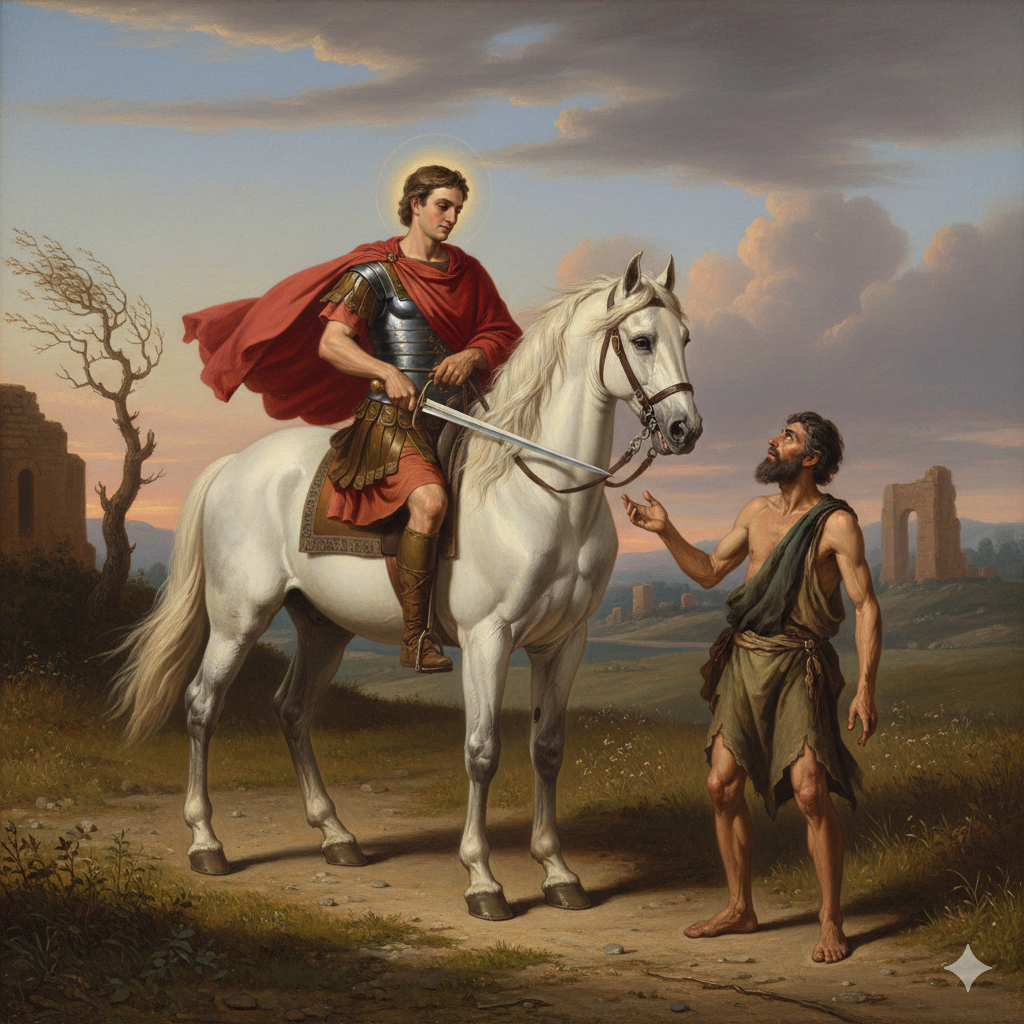What Belongs to Caesar and What Belongs to God
The Pharisees sent messengers to Jesus with a vital dilemma regarding paying taxes. It was to test Jesus, who was considered by many people as a wise Rabbi. The question was tricky. Any answer would not be good, either not politically correct or not popular for people who were occupied by Romans at that time. Therefore, Jesus took the dilemma of the Pharisees to another level, theological and spiritual.
“Repay to Caesar what belongs to Caesar and to God what belongs to God” (Matthew 22:21). I believe this famous answer of Jesus from the Gospel reading this 29th Sunday does not speak about politics of finance matters at all. It is about priorities and values that must never be compromised by disciples of Jesus. It is about a clear understanding of what is essential and less important for us. Both realities, sacrum and profanum (sacred and profane) must be clearly distinguished in our personal, family, and community life. Both realities are vital, appreciated, and never confused with each other.
We need things that are holy and consecrated for the Lord. We must never give up our essential values as Christians and human beings. We need vacation, feasts, and holidays. There is no doubt about it. At the same time, we must cherish and appreciate the ordinary times, informal realities, and things that are less important. We must appreciate the vital elements and sacred realities because they are surrounded by ordinary times and things. We would be bored and never appreciate the sacred without profane elements of our existence and world. There must be a balance between sacrum and profanum in our lives. We must respect the difference and distinguish holidays from ordinary times, value from no value and deficiency, as well as good from evil. And we must never mix these two realities as followers of Jesus. Although the answer of Jesus “Repay to Caesar what belongs to Caesar and to God what belongs to God” sounds familiar and very old, it is useful for our reflection and spiritual growth today.
Fr. Andrzej










